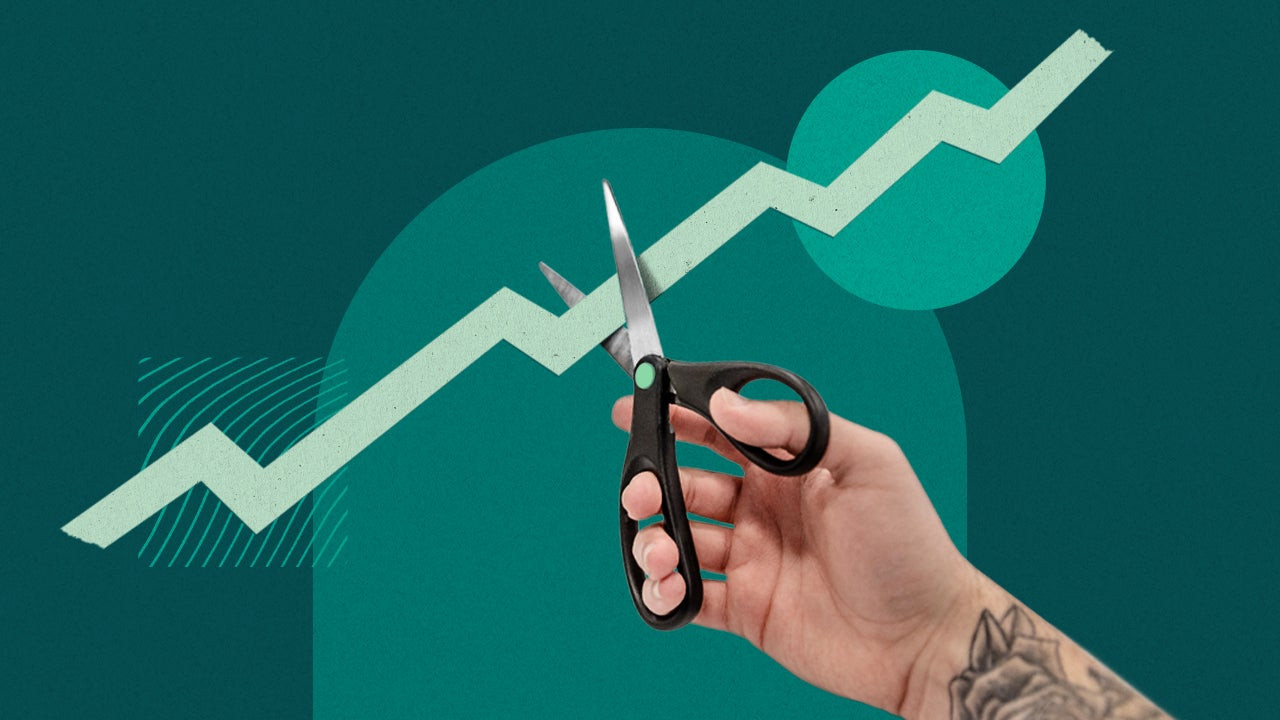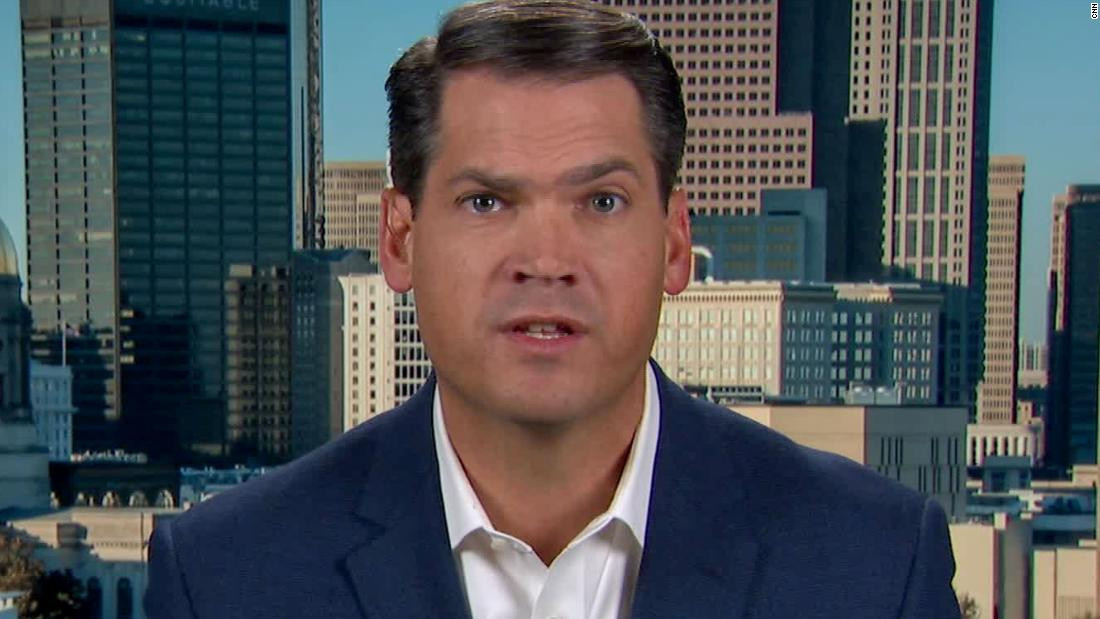The Federal Reserve is widely expected Wednesday to announce its first interest rate cut in years, a move that will have a major impact on the finances of Americans across the board, making borrowing cheaper, though the golden days of high-yield savings instruments may be over.
A cut will bring the federal funds rate down from the 5.25% to 5.5% range it’s sat since last July, which is the highest rates have sat since Jan. 2001.
The Fed only officially controls the federal funds rate, which determines the interest charged in overnight cash reserve transactions between banks. But the central bank’s rate decisions affect borrowing costs across the board, as lenders typically set rates based upon the Fed-determined range, and rate cuts will more broadly ripple throughout the economy as well. Here are some of the most tangible ways rate cuts will impact everyday Amerians:
Mortgage Rates Plummet
Mortgages pose perhaps the most obvious jolt for consumers from rate cuts, as mortgage rates are tightly linked to yields for government bonds, which in turn are a reflection of the Fed’s monetary policy. Mortgage rates already hit a 19-month low last week of 6.2% on 30-year fixed loans, as brokers braced for the impending rate cuts, and it’s likely the downward descent will continue as the Fed prepares to further cut rates.
Consumer Loans Get Cheaper
Consumer loans will get cheaper with lower Fed rates, including auto loans, which sit now at their most expensive rate since 2001, up from 2021’s sub-5% rate for new car loans to about 8.7%. The cost of other debt like variable-rate private student loans and credit card interest should also come down.
Businesses Benefit
Companies will also reap the benefits of more accessible credit. Lower rates are typically associated with friendlier hiring as employers’ bottom lines get a boost from cheaper borrowing costs.
Savings Take a Hit
Perhaps the most materially negative change from rate cuts for Americans’ finances is that the high-yield savings accounts, certificate of deposit accounts and money-market funds, which offered enticing returns for savers over the last two years, will lose some of their luster. Those are tightly linked to the federal funds rate, meaning yields for those accounts will quickly fall as the Fed cuts.
Stocks Likely to Rise
Rate cuts are typically considered a boon for stocks, as money gets pulled away from lower-yielding government bonds and money market funds, leaving investors searching for more enticing returns. The U.S. benchmark S&P 500 stock index has gained 86% of the time in the 12 months after the first rate cut in a cycle dating back to 1929, according to Charles Schwab.
A New Era of Higher Rates?
Though rates are about to come down, it’s not likely the U.S. will return to the low-rate environment that became the norm. The Fed forecasts a long-term federal funds rate of 2.8%, higher than rates ever were from March 2008 to Sept. 2022, a far ways from the near-zero rates set from Dec. 2008 to Dec. 2015 and March 2020 to March 2022.
Fed Rate Cuts: A Deep Dive
It's unclear just how large the Fed's rate cut will be. Wall Street traders and some economists foresee a growing likelihood that the central bank will announce a larger-than-usual half-point cut. Many analysts foresee a more typical quarter-point rate cut. With inflation barely above their target level, Fed officials have been shifting their focus toward supporting a weakening job market and achieving a rare “soft landing,” whereby it curbs inflation without causing a sharp recession. A half-point rate cut would signal that the Fed is as determined to sustain healthy economic growth as it is to conquer high inflation. This week’s move is expected to be only the first in a series of Fed rate cuts that will extend into 2025.
The Impact of Rate Cuts
High interest rates and elevated prices for everything from groceries to gas to rent have fanned widespread public disillusionment with the economy and provided a line of attack for former President Donald Trump’s campaign. Vice President Kamala Harris, in turn, has charged that Trump’s promise to slap tariffs on all imports would raise prices for consumers much further.
Over time, Fed rate cuts should lower borrowing costs for mortgages, auto loans and credit cards, as well as for business loans. Business spending could grow, and so could stock prices. Companies and consumers could refinance loans into lower-rate debt.
Signs of a Cooling Economy
Chair Jerome Powell made clear last month in a high-profile speech in Jackson Hole, Wyoming, that Fed officials feel confident that inflation has largely been defeated. It has plummeted from a peak of 9.1% in June 2022 to 2.5% last month, not far above the Fed’s 2% target. Central bank officials fought against spiking prices by raising their key interest rate 11 times in 2022 and 2023 to a two-decade high of 5.3% to try to slow borrowing and spending, ultimately cooling the economy.
Wage growth has since slowed, removing a potential source of inflationary pressure. And oil and gas prices are falling, a sign that inflation should continue to cool in the months ahead. Consumers are also pushing back against high prices, forcing such companies as Target and McDonald’s to dangle deals and discounts.
A Balancing Act for the Fed
Yet after several years of strong job growth, employers have slowed hiring, and the unemployment rate has risen nearly a full percentage point from its half-century low in April 2023 to a still-low 4.2%. Once unemployment rises that much, it tends to keep climbing. But Fed officials and many economists note that the rise in unemployment largely reflects an increase in new workers seeking jobs — notably new immigrants and recent college graduates — rather than layoffs.
Still, Powell said in Jackson Hole that “we will do everything we can to support a strong labor market.” He added that any “further weakening” in the job market would be “unwelcome.”
Rate Cut Debate
Some analysts have said that such a sweeping declaration suggests that Powell would favor a half-point rate cut. Other economists still think a quarter-point reduction is more likely.
At issue is how fast the Fed wants to lower interest rates to a point where they’re no longer acting as a brake on the economy — nor as an accelerant. Where that so-called “neutral” level falls isn’t clear, though many analysts peg it at 3% to 3.5%. Economists who favor a half-point reduction argue that the Fed’s key rate is much higher than necessary now that inflation is in retreat.
A Cautious Approach
But others note that the Fed typically cuts its rate by a half-point or more only in an emergency. The last time it made an equivalent cut was in March 2020, when the pandemic paralyzed the economy. With consumers still spending and the economy likely to grow at a healthy pace in the July-September quarter, more cautious Fed officials can argue that there’s no rush to cut.
Early Signs of Change
One hopeful sign is that as Powell and other Fed officials have signaled that rate cuts are coming, many borrowing rates have already fallen in anticipation. The average 30-year mortgage rate, for example, dropped to 6.2% last week — the lowest level in about 18 months and down from a peak of nearly 7.8%, according to the mortgage giant Freddie Mac. Other rates, like the yield on the five-year Treasury note, which influences auto loan rates, have also tumbled.

















